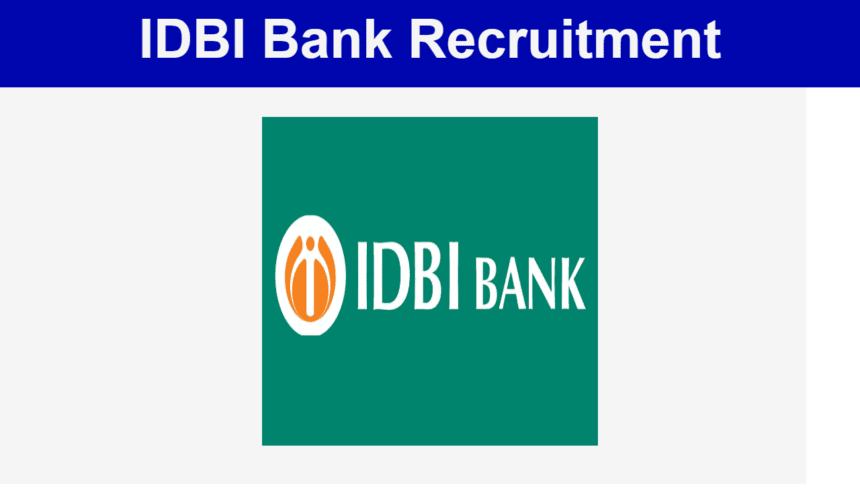The Ultimate Guide to Pinterest for Bloggers: How to Use Pinterest for Blogging
Pinterest has evolved from being just a platform for inspiration and DIY projects to a powerful tool for bloggers and content creators. With its vast user base and unique visual format, Pinterest offers great potential for driving traffic to your blog and increasing your online presence. In this ultimate guide, we will explore the strategies and techniques that bloggers can employ to leverage Pinterest effectively and harness its full potential for their blogging success.
Table of Contents
- Introduction to Pinterest for Bloggers
- Setting Up Your Pinterest Profile
- Creating Pinterest-Worthy Content
- Optimizing Your Pins for Increased Visibility
- Utilizing Group Boards for Collaboration
- Tailoring Your Pinterest Strategy to Your Niche
- Leveraging Keywords and SEO on Pinterest
- Promoting Your Blog with Pinterest Ads
- Engaging with the Pinterest Community
- Measuring and Analyzing Your Pinterest Performance
- Integrating Pinterest with Your Blog
- Staying Updated with Pinterest Trends
- Advanced Tips and Tricks for Pinterest Success
- Common Mistakes to Avoid on Pinterest
- Conclusion
1. Introduction to Pinterest for Bloggers
Pinterest is a visual discovery platform that allows users to find and save ideas for various interests. As a blogger, you can use Pinterest to showcase your content, attract a wider audience, and drive traffic to your blog. The platform’s visual nature makes it ideal for bloggers in niches such as fashion, food, home decor, travel, and lifestyle.
2. Setting Up Your Pinterest Profile
To get started, create a business account on Pinterest. This will provide you with access to valuable analytics and other business features. Optimize your profile by adding a professional photo, a concise bio, and a link to your blog. Make sure to include relevant keywords in your bio and profile description to improve your visibility in Pinterest searches.
3. Creating Pinterest-Worthy Content
Pinterest is all about visually appealing content. Create high-quality, eye-catching images that are relevant to your blog posts. Use attractive fonts, colors, and graphics to make your pins stand out. Vertical pins with a 2:3 aspect ratio tend to perform well on Pinterest. Include engaging descriptions and compelling call-to-actions in your pins to encourage users to click through to your blog.
4. Optimizing Your Pins for Increased Visibility
To increase the visibility of your pins, optimize them for search. Conduct keyword research to identify popular search terms related to your blog niche. Incorporate these keywords in your pin titles, descriptions, and alt text. Use relevant hashtags to make your pins discoverable in Pinterest searches. Additionally, consider adding a Pin It button to your blog posts to encourage readers to save and share your content on Pinterest.
5. Utilizing Group Boards for Collaboration
Group boards on Pinterest allow multiple users to contribute pins related to a specific topic. Joining and actively participating in relevant group boards can expand your reach and expose your content to a wider audience. Share your best pins on group boards and engage with other contributors by repinning and commenting on their content. Remember to follow the group board rules and contribute valuable and relevant content.
6. Tailoring Your Pinterest Strategy to Your Niche
Every niche on Pinterest has its own unique characteristics and audience preferences. Study successful bloggers in your niche and analyze their Pinterest strategies. Pay attention to the type of content they create, the keywords they target, and the boards they curate. Adapt these strategies to suit your own blogging style and niche while maintaining your own unique voice and branding.
7. Leveraging Keywords and SEO on Pinterest
Keywords play a crucial role in improving the discoverability of your pins on Pinterest. Conduct keyword research using tools like Pinterest Trends, Google Trends, and keyword planners to identify relevant and popular search terms. Incorporate these keywords strategically in your pin titles, descriptions, and boards. Use SEO best practices to optimize your profile and increase your chances of appearing in Pinterest search results.
8. Promoting Your Blog with Pinterest Ads
Pinterest offers advertising options that can help you reach a wider audience and promote your blog. Promoted Pins allow you to boost the visibility of your content and target specific demographics, interests, and locations. Experiment with different ad formats and targeting options to find the best approach for promoting your blog and driving traffic.
9. Engaging with the Pinterest Community
Building a community and engaging with other users is essential for Pinterest’s success. Follow influential bloggers, content creators, and industry leaders in your niche. Repin and comment on their content to establish relationships and attract their followers to your profile. Engage with your own followers by responding to comments and messages promptly. Actively participate in relevant Pinterest discussions and contribute valuable insights and content.
10. Measuring and Analyzing Your Pinterest Performance
To track the effectiveness of your Pinterest strategy, make use of Pinterest Analytics. Monitor key metrics such as impressions, clicks, saves, and engagement rates to understand how your pins are performing. Identify trends and patterns in your data and adjust your strategy accordingly. Experiment with different pin designs, titles, and descriptions to find the optimal combination for maximizing engagement and driving traffic to your blog.
11. Integrating Pinterest with Your Blog
Integrate Pinterest with your blog by adding Pin It buttons, follow buttons and widgets. Encourage your blog readers to save and share your content on Pinterest by making it easy for them to do so. Consider creating dedicated Pinterest-friendly graphics for your blog posts and adding a Pinterest widget to showcase your latest pins. Cross-promote your blog and Pinterest profiles to attract more followers and increase your reach.
12. Staying Updated with Pinterest Trends
Pinterest is constantly evolving, and staying updated with the latest trends is crucial for success. Keep an eye on popular pins, trending topics, and emerging niches within your industry. Explore Pinterest’s “Today” tab and “Explore” section to discover new ideas and inspirations. Adapt your content strategy to align with the evolving interests and preferences of the Pinterest community.
13. Advanced Tips and Tricks for Pinterest Success
Take your Pinterest strategy to the next level with advanced tips and tricks. Experiment with rich pins to provide more information and context for your content. Collaborate with other bloggers and influencers on joint boards and campaigns. Consider using Pinterest scheduling tools to automate your pinning strategy and maintain a consistent presence on the platform. Stay creative and innovative to stand out in the crowded Pinterest landscape.
14. Common Mistakes to Avoid on Pinterest
While using Pinterest for blogging, it’s important to avoid certain common mistakes. Don’t solely focus on self-promotion; instead, aim to provide value and inspiration to your audience. Avoid using low-quality images or generic stock photos that don’t resonate with your target audience. Don’t neglect Pinterest SEO and keyword optimization. Finally, don’t forget to engage with your audience and respond to comments and messages in a timely manner.
15. Conclusion
Pinterest offers a wealth of opportunities for bloggers to expand their reach, drive traffic to their blogs, and connect with a larger audience. By following the strategies and techniques outlined in this ultimate guide, you can unlock the full potential of Pinterest and use it as a powerful tool to enhance your blogging journey. Embrace the visual nature of the platform, optimize your pins for search, engage with the Pinterest community, and stay updated with the latest trends. Start implementing these strategies today, and watch your blog flourish on Pinterest.
FAQs
1. How long does it take to see results from using Pinterest for blogging?
The timeline for seeing results on Pinterest can vary depending on several factors such as your niche, content quality, consistency, and engagement. Generally, it takes time to build an audience and establish a presence. With consistent effort and strategic pinning, you can start seeing noticeable results within a few months.
2. Should I focus on creating new pins or repinning existing content?
A balance of both is recommended. Creating fresh, visually appealing pins for your new blog posts is crucial for attracting attention and driving traffic. However, repinning your existing content can help extend its lifespan and reach new audiences. Experiment with a combination of new pins and repins to maximize your Pinterest strategy.
3. Can I use Pinterest for non-visual niches, such as finance or technology?
While Pinterest is known for its visual content, it can still be valuable for non-visual niches. Focus on creating visually appealing graphics, infographics, or charts related to your niche. You can also utilize Pinterest to curate and share relevant articles, blog posts, or resources. Tailor your approach to suit your niche and experiment with different types of content.
4. How often should I pin to Pinterest?
Consistency is key when it comes to pinning on Pinterest. Aim to pin regularly, ideally multiple times a day, to maintain an active presence. However, be mindful not to overwhelm your followers with too many pins in a short period. Utilize scheduling tools to spread out your pins throughout the day and week for optimal engagement.
5. Are there any specific image dimensions I should follow for Pinterest pins?
Vertical pins with a 2:3 aspect ratio tend to perform well on Pinterest. The recommended dimensions are approximately 1000 pixels wide by 1500 pixels tall. Experiment with different pin sizes and layouts to find what works best for your content and niche.















